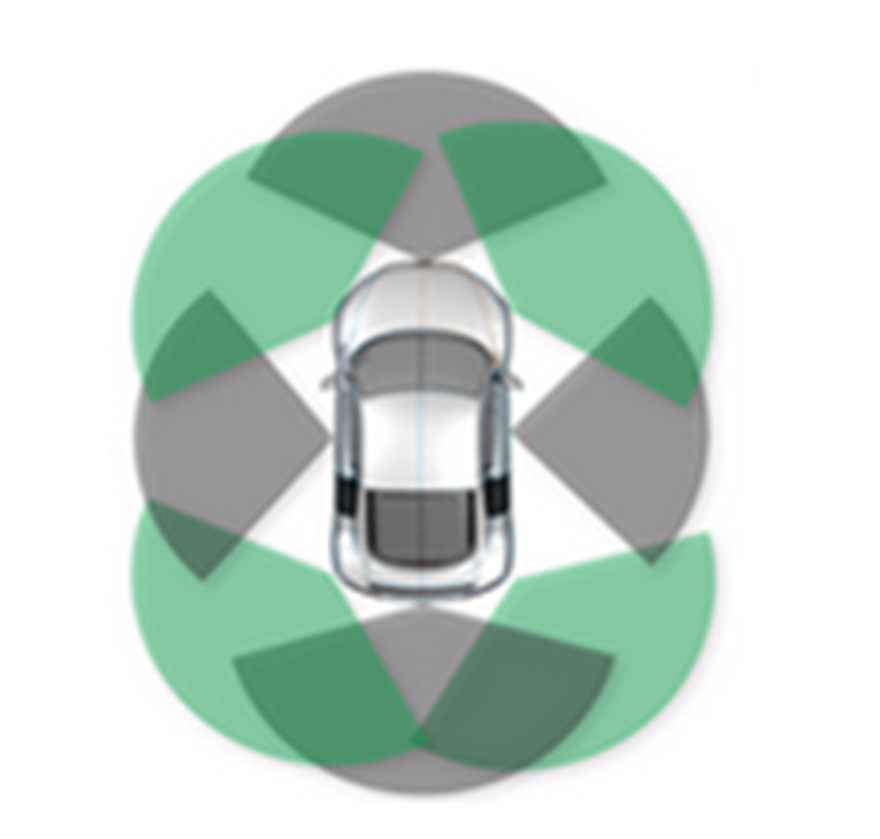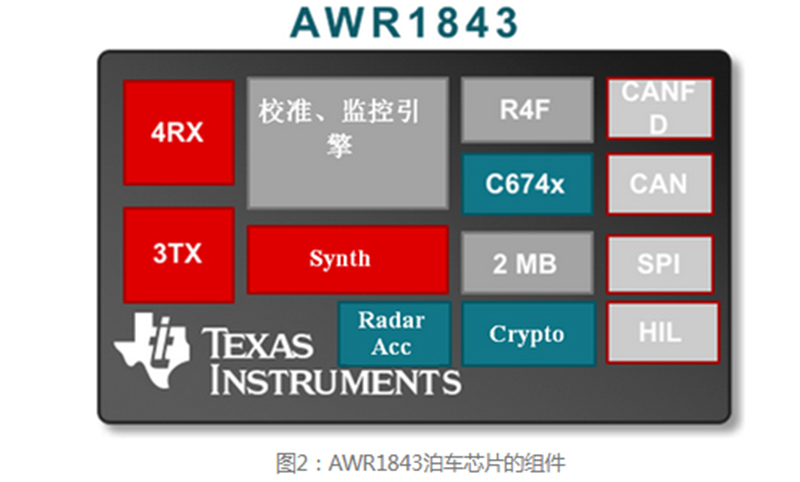Have you ever spent time searching for a parking space in a shopping centre or grocery shop and expected to be able to get out of your car at the entrance and park it yourself,especially in rainy or extremely hot weather? How much time would you save if you didn't have to hunt around for a parking space? (Or, how much would you save if you didn't have to pay for valet parking?)The automatic parking will be done quickly and easily. The fact is that self-parking will be done so quickly that transport manufacturers are using millimetre wave (mmWave) radar sensors as they see fit to successfully implement it.
You may be wondering: Do surround-type cameras and ultra-audible vibrating wave sensors already have experience in successfully implementing parking? Today's sensors can help with parking,which means that the driver still has to make a judgement based on the feedback from the sensors. Because of this, the vehicle is still not completely autonomous.
Autonomous parking requires first identifying an empty space or ‘free space’ at a distance of about 40 metres. This is its ‘standard search pattern’.Once an open space has been identified,the vehicle needs to enter mechanically and park, known as the ‘parking standard pattern’.
In order to successfully implement the automatic parking function,the sensors should be able to detect other vehicles,kerbs and pedestrians in a wide field of view from 3 cm to more than 40 metres,regardless of the background conditions. Millimetre wave sensors help to achieve this by very accurately detecting smaller objects (e.g. metal rods emerging from the ground) at distances of less than 25 cm,which may not yet be sensed by other sensing standards.Millimetre wave sensors can also be operated in a variety of weather and lighting conditions.
Sensor Installation
Installing sensors in vehicles is a major challenge today.Because millimetre wave sensors can be easily mounted behind the bumper,owners don't need to punch holes in the vehicle body or chassis.The ability of millimetre waves to pass over solid materials such as molecular compound plastics and security bars without tripping over them has made it possible to successfully standardise installation,regardless of the vehicle manufacturer or vehicle model. The number of sensors required to successfully implement 360-degree sensing experience around the vehicle is also much smaller than other sensing standards.Only eight sensors need to be installed around the vehicle to successfully achieve 360-degree sensing, as shown in Figure 1.

Figure 1
Multi-Standard Sensor
Autonomous parking has been successfully realised by reusing existing front and rear angular radars (multi-standard pattern). When the vehicle is in a manoeuvring standard pattern,these individual sensors can be used as either spot detection sensors on the retina that are not receptive to optical stimuli or lane change conduction sensors,which can support the detection of vehicles in other lanes at distances of up to 80 m.The sensors can also be used to detect vehicles in other lanes when the vehicle is in a search or parking standard pattern.
When the vehicle is in a search or parking standard pattern,the sensor configuration is dynamically varied to be able to sense objects in close proximity,ranging from 40 metres to less than 10 centimetres, to suit the range of parking applications.Multistandardised trip detection sensors for vehicle doors are also available for parking applications.Because of these individual properties,millimetre-wave sensors are becoming more and more attractive to manufacturers of the most advanced vehicles.Table 1 lists the advantages of using millimetre wave sensors in automated parking applications.

Table 1
Texas Instruments' (TI) AWR1843 is a 77 GHz single-chip millimetre-wave sensor with integrated digital signal processing, storage and radar acceleration unit that successfully enables automatic parking applications, as shown in Figure 2.

Figure 1
Table 2 shows the application advantages of AWR1843:

Table 2
Vehicle manufacturers and top-tier OEMs are increasingly finding it appropriate to use millimetre-wave sensors for a variety of driver assistance and self-parking functions. This is largely due to the features and benefits that millimetre wave offers - higher levels of integration (meaning smaller size). Automatic manoeuvring can be facilitated.